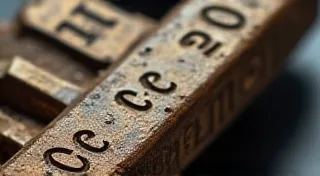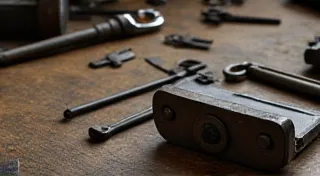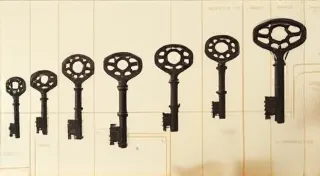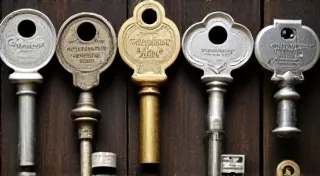Decoding Key Marks: A Beginner's Guide to Antique Key Identification
Welcome to the fascinating world of antique key collecting! More than just functional objects, antique keys are miniature works of art and windows into the past. Identifying them can seem daunting, but understanding the markings etched into their surfaces is the crucial first step. This guide provides a basic framework to help you decipher those clues and begin unlocking the stories behind these intriguing relics.
Why Key Marks Matter
Key marks aren't simply random scratches. They offer invaluable information about a key's origin, maker, and approximate age. They can help determine value, provide historical context, and enhance your appreciation for the craftmanship of the era. While a complex key can be a puzzle to solve, even a single mark can provide a starting point for research.
Common Types of Key Marks
Let's explore the most frequently encountered types of markings you’re likely to find on antique keys:
1. Maker's Marks
These are the most definitive marks, identifying the manufacturer. Key makers, like any other industry, had their own distinct branding. Common names include:
- J.W. Yale & Sons: A prominent maker, especially during the Victorian era. Look for “Yale & Sons” or variations.
- Russel & Sons: Another well-known manufacturer, often associated with high-quality keys.
- Chas. Keil: Often found on European keys, particularly German.
- Ward Lock: A British maker of locks and keys.
- Numerous Smaller & Regional Makers: Thousands of smaller, often local, makers existed. Identifying these often requires more in-depth research.
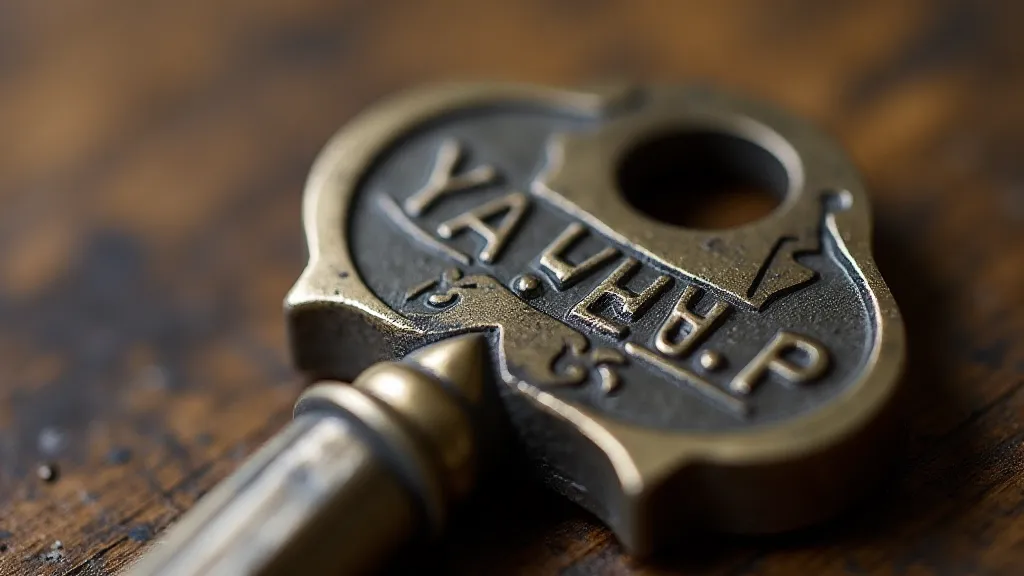
2. Patent Dates
The late 19th and early 20th centuries saw a surge in patents related to lock and key design. Patent dates, usually in the format “Pat. Nov. 15, 1889” or “Pat. Pending,” provide a relatively precise timeframe for the key’s creation. While they don't reveal the maker, they can narrow down the search.
3. Symbols & Logos
Many key manufacturers employed unique symbols or logos alongside their names. These can be recognizable trademarks helping with quicker identification. Some symbols may represent a city or region where the keys were manufactured.
4. Regional Identifiers
Certain markings indicate the geographic origin of the key. This can be a city name, a state abbreviation, or a symbol representing a region’s heritage. These markings often point to smaller, local key makers.
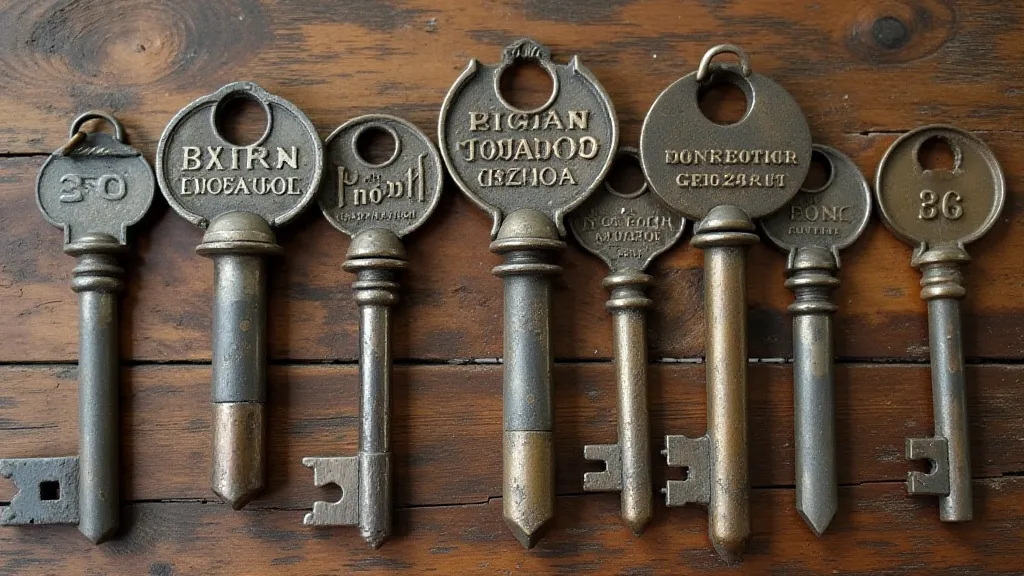
5. Numbers & Letters
Numbers and letters might indicate a specific model, a batch number, or a code used internally by the manufacturer. Their meaning often requires further investigation into the manufacturer's records, if available. Sometimes these numbers can be matched to parts lists or catalogues.
Where to Find More Information
Identifying antique keys is an ongoing process of learning and discovery. Here are some resources to help you continue your journey:
- Online Forums and Communities: Engage with other key collectors online. Share your finds and ask for help with identification.
- Antique Collector’s Guides: Look for specialized guides dedicated to antique locks and keys.
- Museum Collections: Examine museum collections of locks and keys to see examples of marked keys and their histories.
- Historical Societies: Local historical societies may have information on local key makers and their markings.
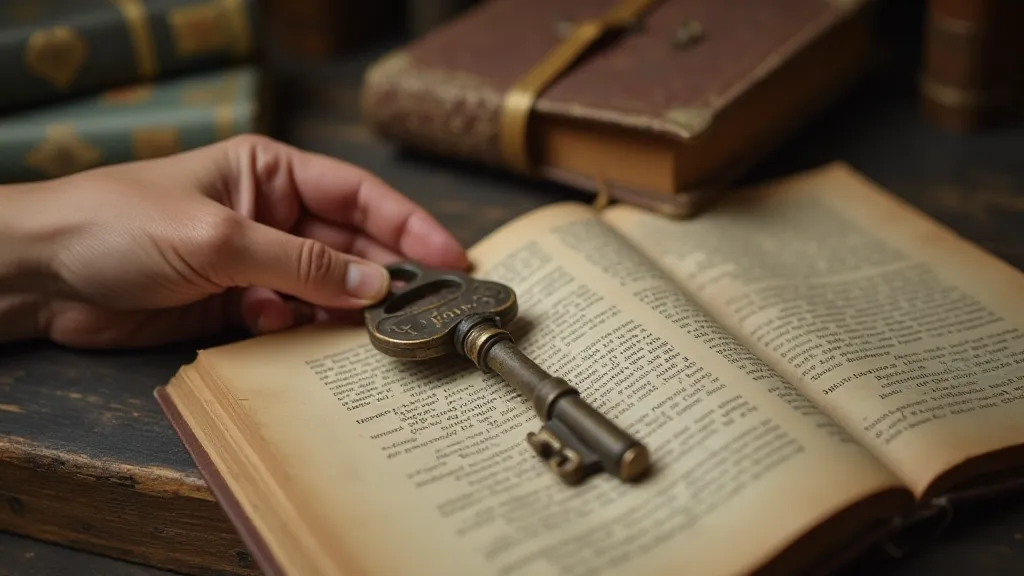
Conclusion
Decoding key marks is the key (pun intended!) to appreciating the history and artistry of antique keys. Start with the basics, be patient, and enjoy the process of unraveling the secrets etched into these miniature treasures. Happy collecting!

